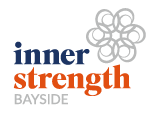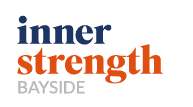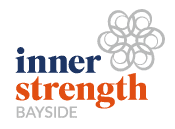What is Foam Rolling? by Emily Smyth
Foam rolling is soft tissue release technique that is great and easy to do at home. It works to release muscle tightness and knots which may have formed in muscles. By releasing these knots you help to re-establish muscle movement patterns and encourage pain free movement. In recent years the popularity of foam rolling for athletes and physically active people has sky rocketed. Personally, as a physio, foam rollers are one of my favourite pieces of equipment. They offer so much more than just soft tissue release and can be incorporated into core strengthening and balance exercises.
Often when speaking to my patients about rehabilitation and at home programmes, I discover that a significant amount of them have a foam roller however are not sure how to use it. As they are such an effective and versatile piece of equipment there are many different techniques and ways to use the roller. At times you may find it can be overwhelming and people may avoid using them. To try and help you with a few different ways it can be used I have outlined my top three foam roller exercises you can do.
Emily’s top three foam roller exercises:
- Thoracic (upper) Back Rolling.
- This is one of my favourite techniques with the foam roller. It is a great way to open up the chest and release muscle tension after a long day at work.
- Begin with placing the foam roller on your back at the bottom of your rib cage, with your bottom on the ground.
- Support your head with your hands keeping your elbows wide and your knees bent.
- Once you are feeling confident begin by lifting your bottom up and pushing the foam roller up your back towards your shoulders. You may be able to focus more on one side by leaning your weight over towards either the right or left hand side.
- Continue until you feel the muscles begin to release, approx. 30-60 seconds.
2. Iliotibial Band Rolling (ITB).
- Rolling your ITB is a great way to reduce the possibility of causing injury to your knees and keeping the legs nice and flexible. Unfortunately rolling your ITB can be quite painful, however the pain reduces the more consistent you are with your rolling.
- Begin rolling by placing the roller on the side of your leg right under where you can feel your hip. You should be right on the side of the leg.
- If pain levels are high you can reduce the pressure by placing your opposite foot on the ground in front of you.
- Roll your leg along the roller until right above the knee joint.
3. Top Taps on the roller.
- This exercise is an example of how to use the roller for a balance and core strengthening exercise.
- Begin by lying down on the roller ensuring that your head and bum are supported on the roller. Support yourself using your hands (the wider the arms the greater the level of support).
- Depending on your core strength float one or two legs into a 90/90 position, aka Table Top (90 degrees at the hip and knee). Try to keep your spine stable.
- Ensuring that you experience no pain in your lower back slowly lower one leg and tap your toe off the ground then return it to 90/90. Repeat this on both legs 12 times.
Please contact us on 8555 4099 or BOOK ONLINE for one of our Physiotherapists to create your own personalised Foam Roller program!


